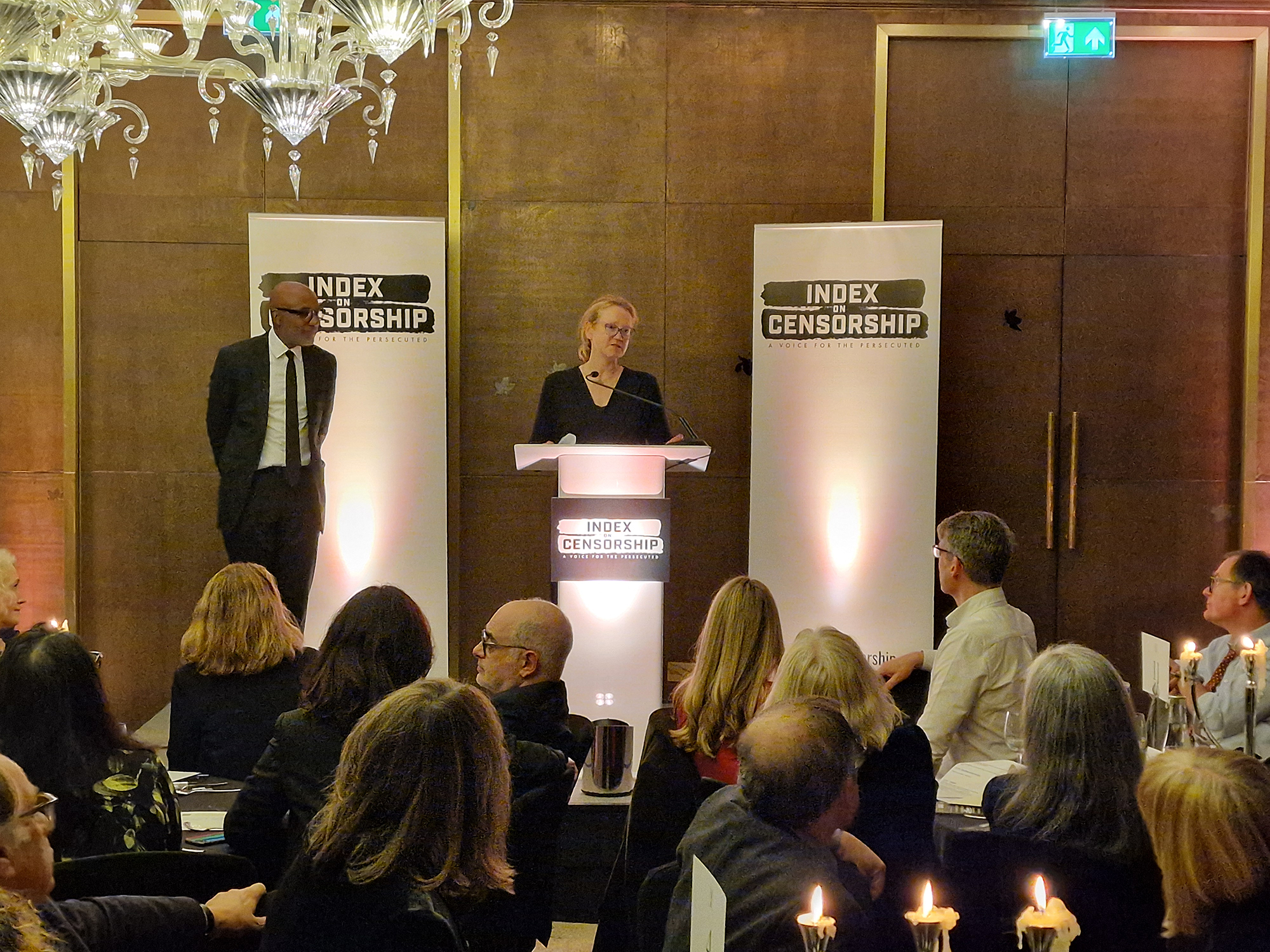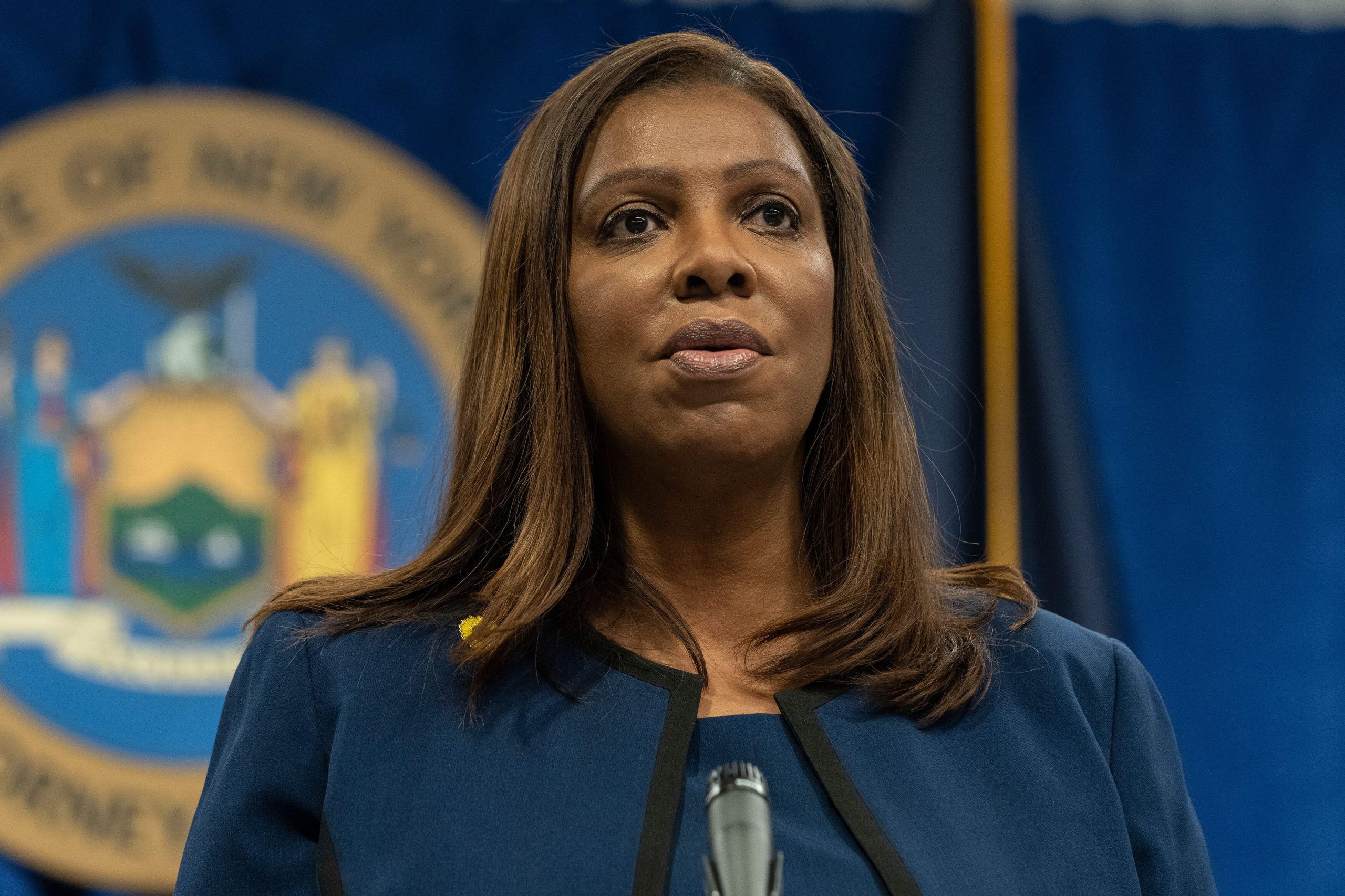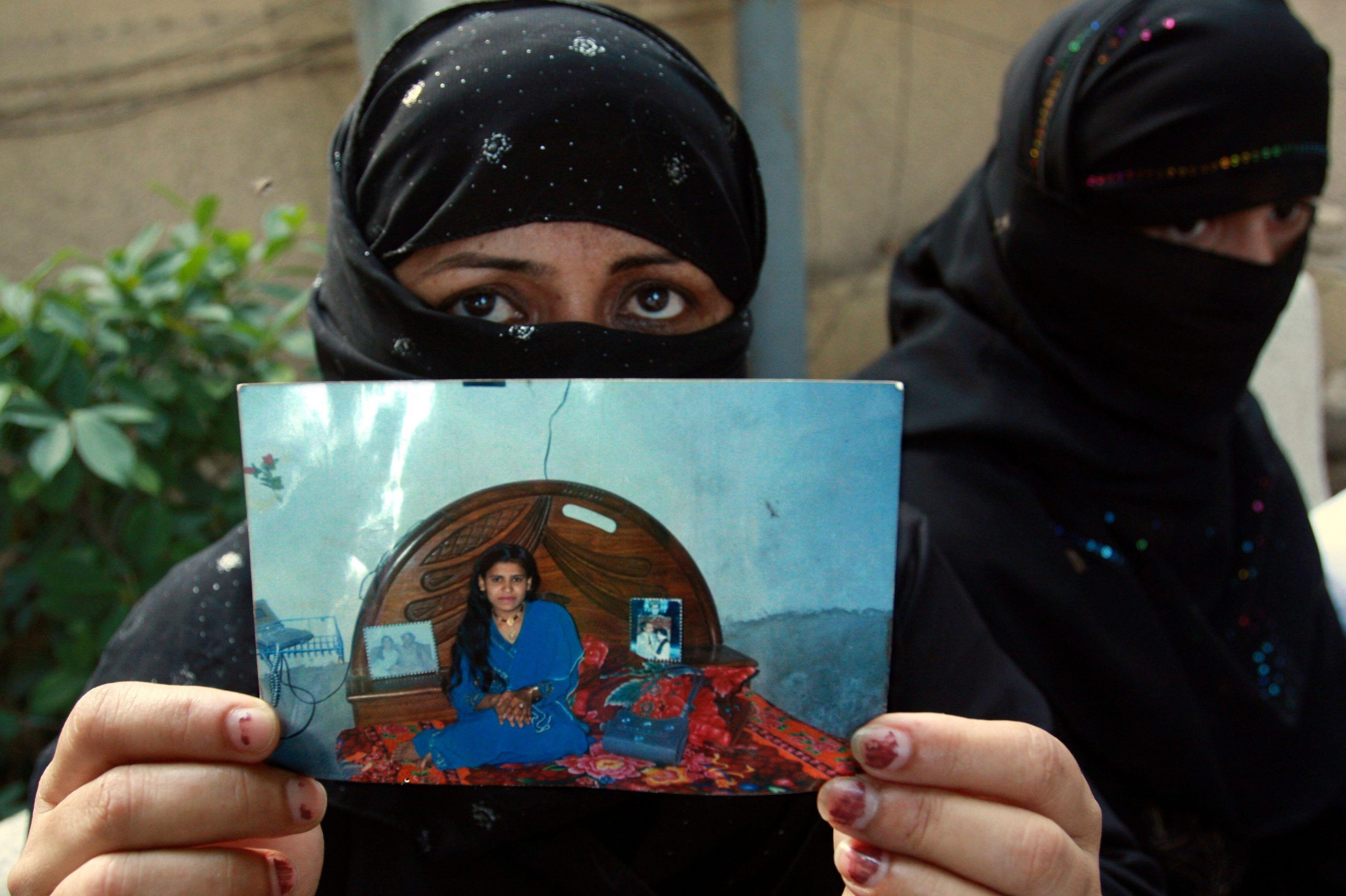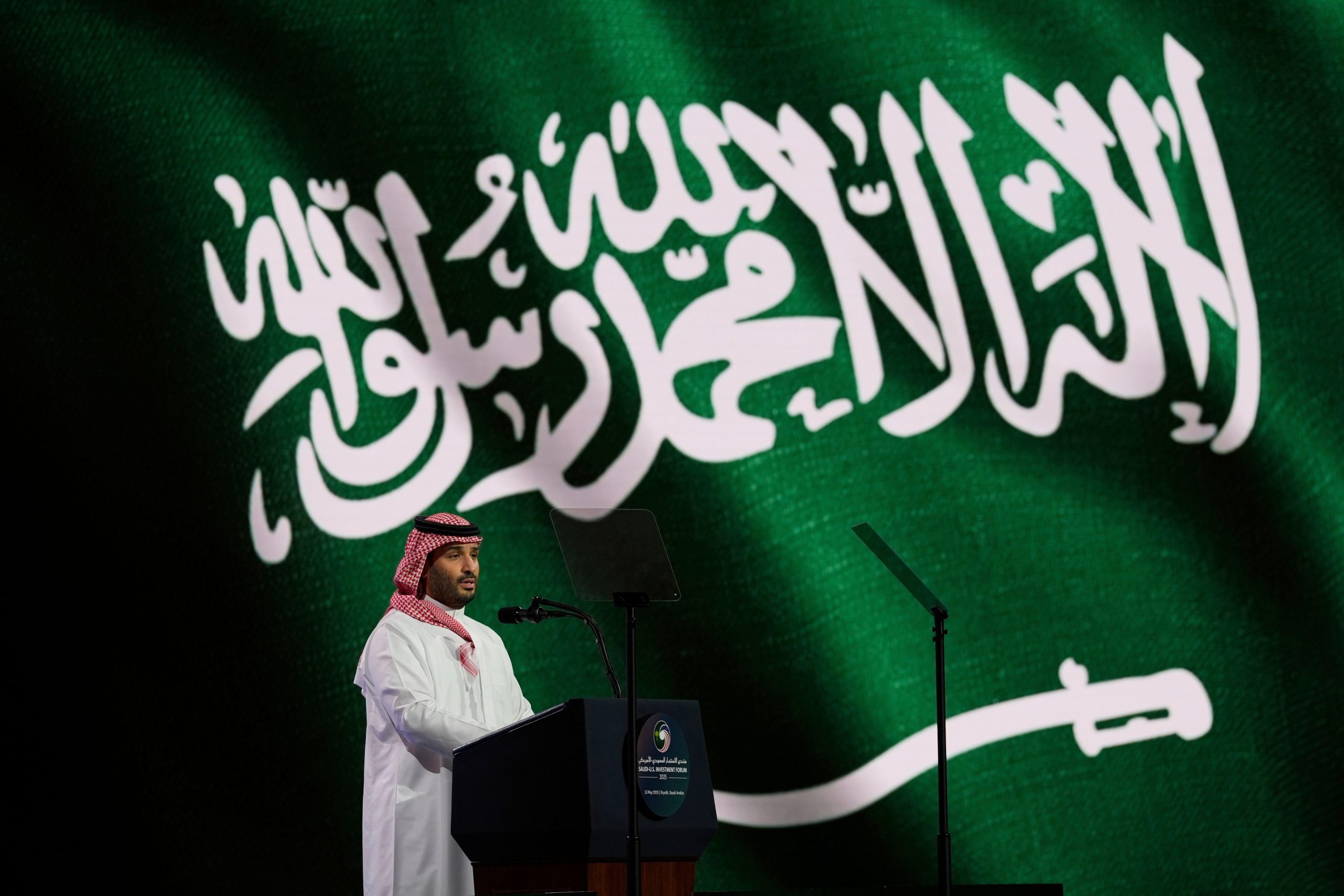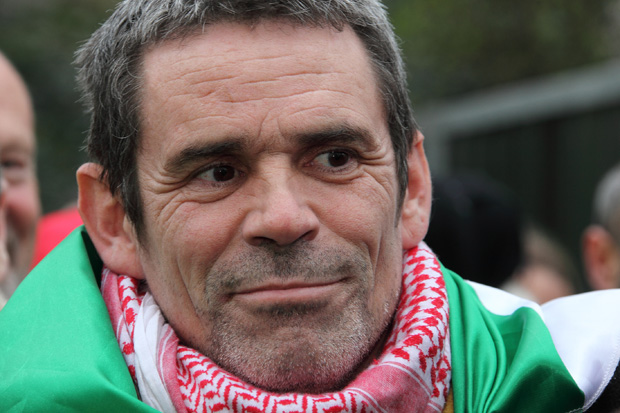
Paul Conroy at a protest in London last year calling for peace in Syria. Image Demotix/Russell Pollard
Journalists have a bigger influence on how war is perceived than in years gone by, said war photographer Paul Conroy at the Cheltenham Literature Festival yesterday.
Discussing how journalists and photographers cover wars and the pressures they are under, Conroy, who covered Syria with Sunday Times journalist Marie Colvin, said: “Everything is in the instant now, battles have been influenced by the immediacy of information.”
Conroy described how he and Colvin got into Syria using underground tunnels and the assistance of rebels. They were smuggled into Syria through a 3km scramble down a storm drain, which he described as “the only way”. He added: “The risks were quite high.”
He also talked about the attack on the media centre they were operating from, which killed Colvin. Conroy, who was badly injured, was rescued and got out of the war zone so he could be treated.
When asked about how newspapers’ tightening budgets were affecting foreign new coverage, Sunday Times associate editor Sean Ryan, who was chairing the event and was Conroy and Colvin’s desk contact, said: “We will always cover the biggest conflicts.” Conroy called for more funding for foreign news coverage from the media in general.
The acclaimed war photographer, who also covered the Balkan conflicts, said it was now impossible for journalists to switch from being with one side to covering the other side of a conflict. It had been possible in the 1990s, but this was no longer the case.
Because of this journalists had to be wary of how they might be used to put forward a biased or inaccurate picture. “What we realised was that you are open to be used for propaganda. What you have to do is double check and get eye witness accounts.”

